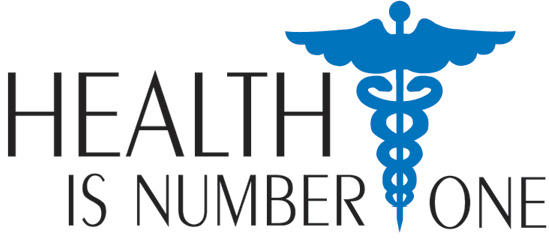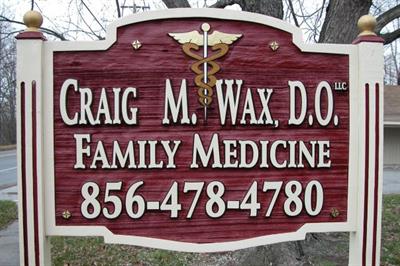Health Library ~ Family Medicine in Mullica Hill, NJAll Material copyright Craig M. Wax, DO unless otherwise denoted. CHEST PAIN By Craig M. Wax, DO Chest pain is a notorious symptom as there are many health problems and diseases associated with it. These may include diseases and dysfunction of the heart, lungs, esophagus, stomach, gall bladder, rib cage, chest muscles, back muscles, shoulder muscles just to name a few! It is the job of the physician to determine which is the cause of the chest pain and prescribe an appropriate treatment. Some causes of chest pain may be life threatening such as heart attack. Others may not be as critical such as pneumonia. It is through the story that a patient tells(history), physical exam and laboratory tests that a physician may determine what the problem is and how to fix it. Many symptoms, when coupled with chest pain, can indicate what the cause is. Shortness of breath or pain radiating to your left shoulder, back or jaw can indicate the need for immediate medical attention. Cough, fever, lethargy or belching are usually less threatening but still may require attention. Heartburn pain can go either way. If it is related to exertion and coupled with shortness of breath, it may be an emergency. If it is related to fatty food intake, smoking or acidic food intake it is not urgent but does require medical follow up. In a large majority of cases, chest pain is the result of somatic dysfunction. A muscle strain in the chest, back, shoulder or rib cage may be responsible. Although somatic dysfunction is not as serious as a heart attack, it may be confused with one depending on how the patient feels, looks and sounds. For this reason, it is important that your physician be able to differentiate all the possible causes of chest pain. He or she must also be able to treat them. Osteopathic medicine treats the body as a unit and the person as a person. Each body part is related to the others and must be treated together. Each person needs to have their physical and emotional needs met to treat illness and maintain health. It is with accepted medical techniques and a hands-on approach that a Doctor of Osteopathic Medicine(D.O.) treats each person. These may include Osteopathic Manipulative Treatment(OMT), medications, trigger point injection, surgery, exercises, diet and nutrition counseling. It is through this comprehensive care that a person can get well and stay healthy for a lifetime. |
|





